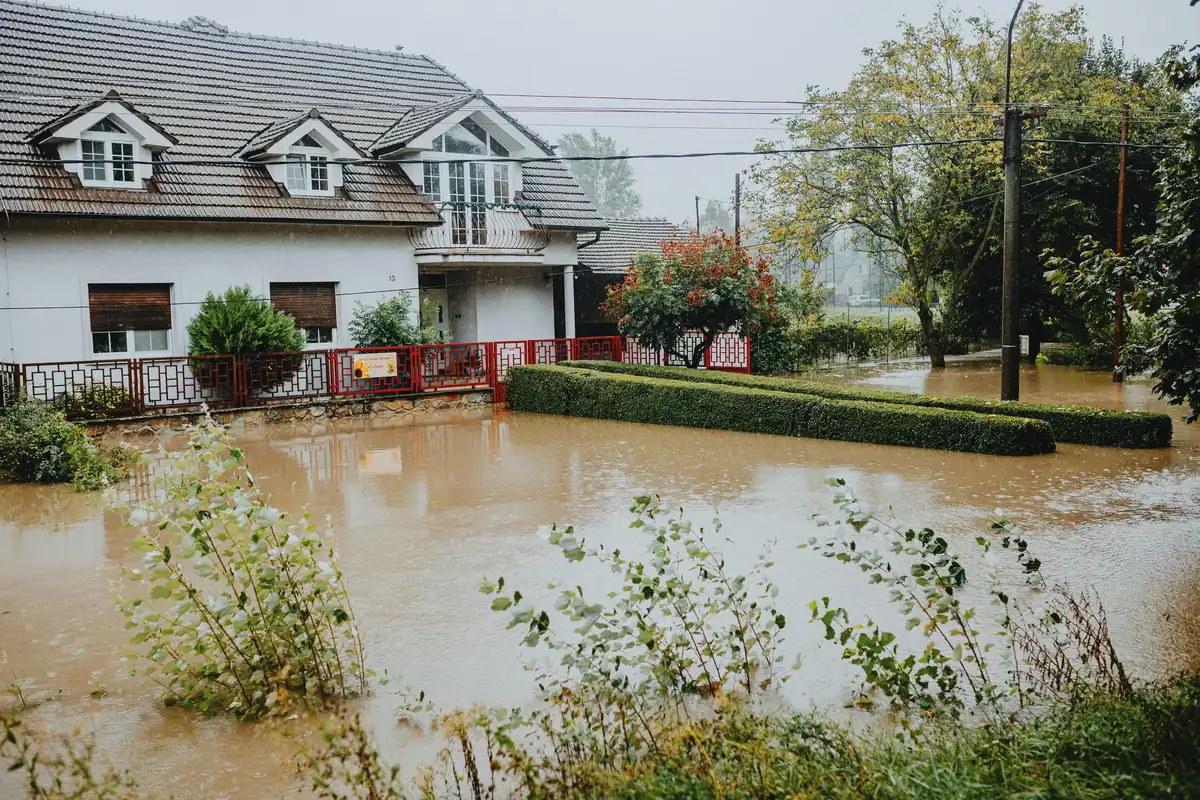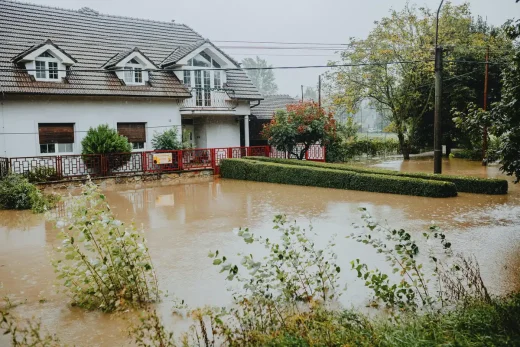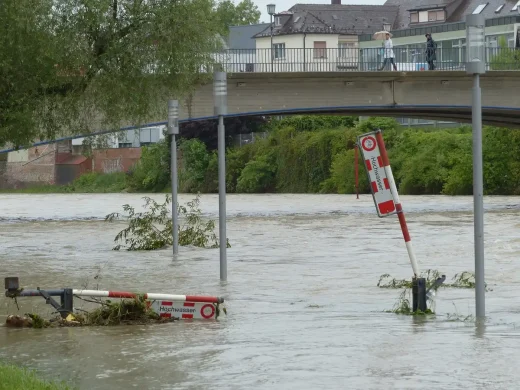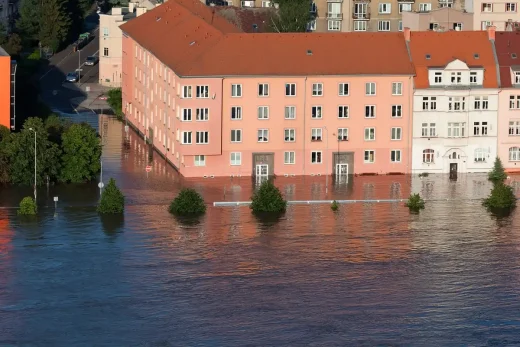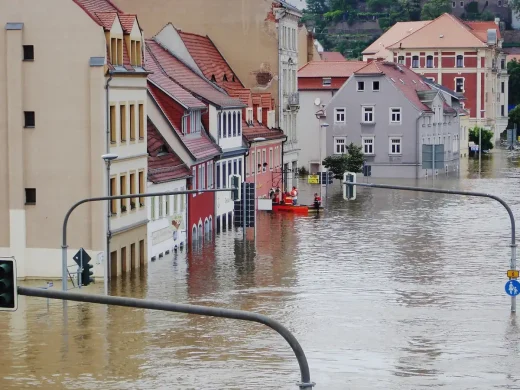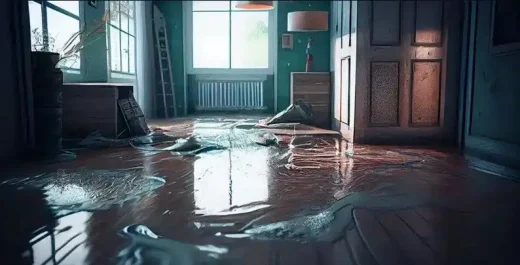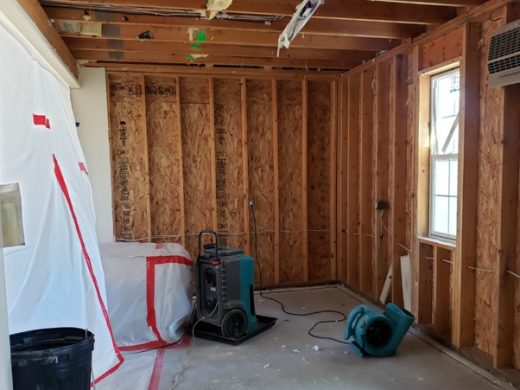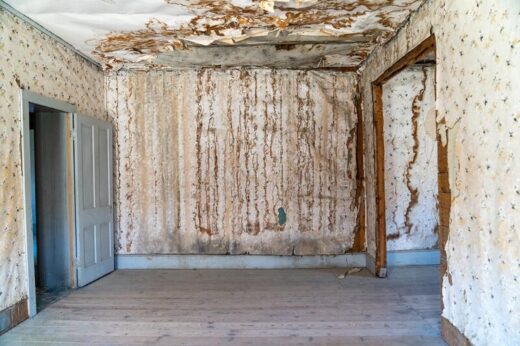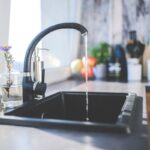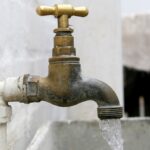How to protect your home from costly water damage guide, Cleanup repair, Homeowner property restoration advice
How to Protect Your Home from Costly Water Damage Before It’s Too Late
27 November 2024
Water damage is a homeowner’s nightmare. From repairing soaked walls to replacing ruined belongings, the costs can skyrocket quickly. Worse yet, the emotional stress of seeing your home in disarray can linger long after repairs. The good news? Many cases of water damage can be avoided with a few preventative measures. Let’s explore how to safeguard your home before it’s too late.
Regular Inspections: Catch Issues Early
Water damage often starts small—a tiny leak here, a damp corner there. However, left unchecked, these minor issues can spiral into major disasters. Regular home inspections are your first line of defense.
Check common trouble spots like basements, attics, and under sinks. Look for signs of trouble, such as peeling paint, water stains, or a musty smell. Don’t forget to inspect exterior walls and windows for cracks that could let water seep in.
When in doubt, call in a professional. A home inspection every few years can identify vulnerabilities you might overlook. Early action can save you thousands in repair costs.
Keep Your Gutters Clean and Functional
Your gutters play a crucial role in managing water flow around your home. They channel rainwater away from the roof and foundation, preventing pooling and erosion. However, clogged or damaged gutters can lead to overflows, causing roof leaks and foundation issues.
Investing in gutter protection in Hickory is a smart move for homeowners in areas like North Carolina, where heavy rainfall and abundant foliage are common. Gutter guards help keep debris out, reducing the need for frequent cleanings and ensuring your gutters remain functional year-round.
Regular maintenance is still essential—clean your gutters at least twice a year, especially after storms or during the fall when leaves accumulate. Pairing this with reliable gutter protection can make managing water flow simpler and more effective.
Don’t forget to check your downspouts, ensuring they extend 5–10 feet from your home to direct water safely into your yard or a drainage system. A few preventative steps now can save you from costly repairs later.
Ensure Proper Grading Around Your Home
The ground surrounding your home should slope away from the foundation. Improper grading allows rainwater to pool near the base of your house, increasing the risk of leaks and structural damage.
To fix this, add soil around the perimeter of your home to create a gentle slope. Consider landscaping options like gravel beds or rain gardens to naturally absorb excess water. Proper grading doesn’t just protect your home—it can also enhance its curb appeal.
Maintain Your Roof and Seal Openings
A sturdy roof is one of the best defenses against water damage. Cracked shingles, damaged flashing, or worn underlayment can allow water to infiltrate during storms.
Inspect your roof regularly, especially after severe weather. Replace broken shingles and repair any flashing around vents or chimneys. Sealing gaps in skylights or other roof openings can prevent leaks from forming.
Don’t underestimate the importance of routine roof maintenance. A minor repair today can save you from a complete roof replacement tomorrow.
Invest in a Sump Pump for Basements
Basements are particularly vulnerable to water damage. A sump pump can be a lifesaver during heavy rains or flooding. These devices remove excess water that accumulates in the basement, keeping your space dry and safe.
Choose a sump pump with a battery backup system to ensure it works during power outages. Regularly test the pump to confirm it’s functioning properly. A well-maintained sump pump can offer peace of mind during unpredictable weather.
Monitor Plumbing and Appliances
Leaking pipes and malfunctioning appliances are among the top causes of water damage. Regular checks can help you spot problems before they escalate.
Inspect pipes for corrosion, cracks, or loose fittings. Pay special attention to areas around washing machines, dishwashers, and water heaters, as these appliances are common culprits of leaks.
Consider installing water sensors in high-risk areas. These devices alert you to leaks, allowing you to act before significant damage occurs.
Install a Rainwater Management System
Rainwater harvesting is an eco-friendly way to reduce water runoff while conserving resources. Systems like rain barrels or underground tanks can capture rainwater for later use in gardening or other non-potable applications.
Controlling runoff can minimize the risk of water pooling near your home’s foundation. It’s a win-win solution for both your property and the environment.
Secure Your Home with Smart Water Technology
Technology has revolutionized home protection, and water management is no exception. Smart leak detectors and automatic water shut-off systems can significantly reduce damage.
Leak detectors can be near high-risk areas like sinks, toilets, or water heaters. When they sense water, they send alerts to your phone, allowing you to act immediately. Some systems automatically shut off the main water supply, stopping leaks.
Waterproof Your Basement and Crawl Spaces
Basements and crawl spaces are often the first to suffer during heavy rains or flooding. Waterproofing these spaces can significantly reduce the risk of water damage.
Start by sealing cracks in your foundation walls and floors with waterproof sealants. These products are specifically designed to block water from seeping into vulnerable areas. Additionally, consider applying a waterproof coating to the interior walls for extra protection.
Install a vapor barrier for crawl spaces to prevent moisture from rising through the ground. If your area is prone to flooding, investing in perimeter drains or a French drain system can redirect water away from your home.
These measures protect your home and help maintain healthier indoor air quality by preventing mold and mildew growth. A dry basement or crawl space is a cornerstone of a water-resilient home.
Takeaway
Water damage doesn’t have to be inevitable. You can protect your home and wallet from unnecessary stress by taking proactive steps—like cleaning your gutters, grading your property, and maintaining your roof. A little effort today can prevent major repairs tomorrow.
Don’t wait for disaster to strike. Start implementing these strategies now and enjoy the peace of mind of a water-safe home.
Comments on this guide to How to protect your home from costly water damage article are welcome.
Water / Floods Articles
Water / Floods Posts
Water damage from leaks: construction lawsuits
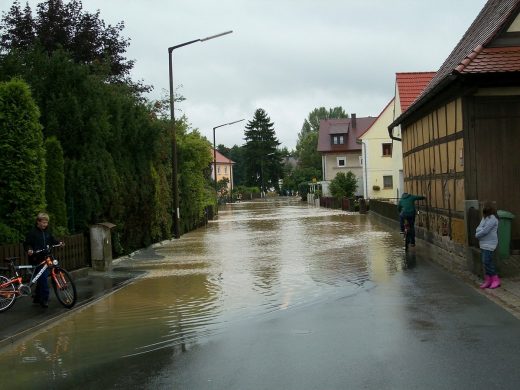
Water damage cleanup and repair service
Water damage restoration professional tips
Architects and Architecture
Architects and Architecture by Type – architectural selection below:
Comments / photos for the How to protect your home from costly water damage – property bad weather repairs advice page welcome.

